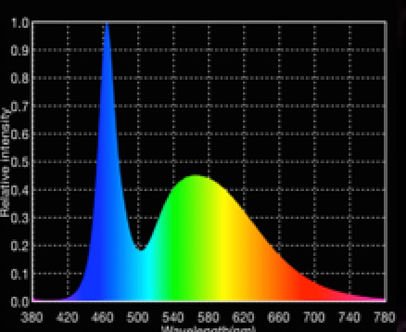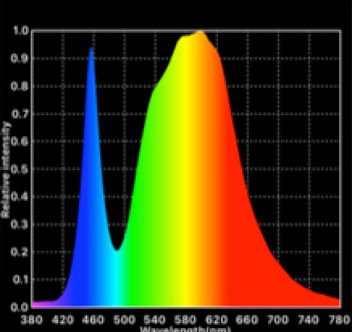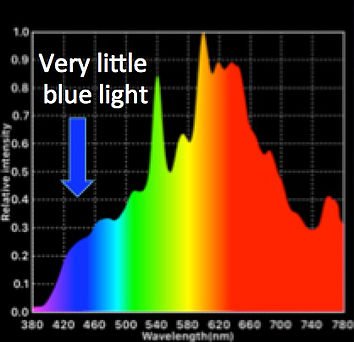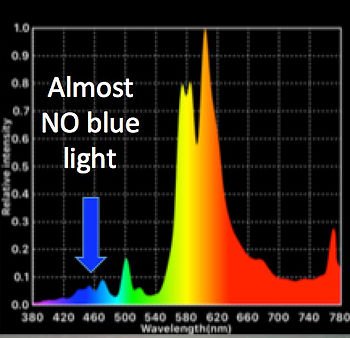Protect The Night
Light pollution is the inappropriate or excessive use of artificial light. It can have serious environmental consequences for humans, wildlife, and our climate, and it hinders astronomy. Components of light pollution include:
Glare – excessive brightness that causes visual discomfort
Skyglow – brightening of the night sky over inhabited areas
Light trespass – light falling where it is not intended or needed
Clutter – bright, confusing and excessive groupings of light sources
Color Matters
The color of visable light is determined by correlated color temperature (CCT). The CCT is measured in Kelvins (K). The American Medical Association (AMA) and DarkSky International recommend lights be less than 3000K, which is a soft, warm orange light. Research shows that white, bright light, which therefore includes much blue light, has negative impacts on people and the wild ecosystem.
Cool, white, bright light. Very hard on eyes at night time.
CCT: 4000K and higher
CCT: 5000k
CCT: 4000k
CCT: 3000k
Soft, warm orange light. Much easier on eyes at night time. Lower than 3000K. The lower the K the better.
CCT: 2000k






